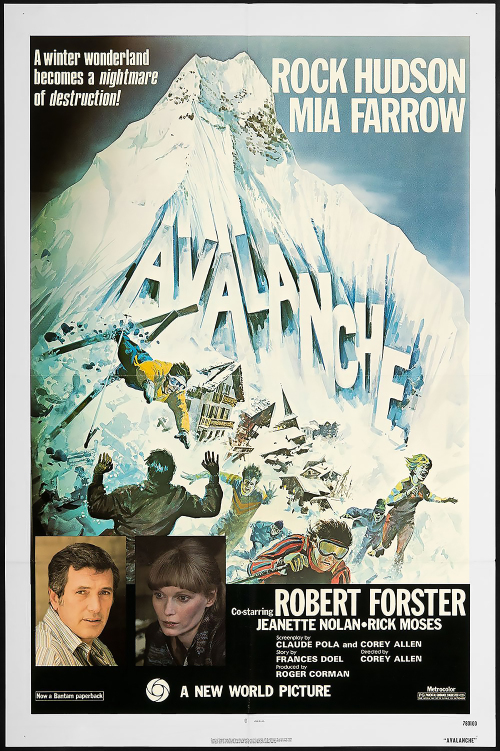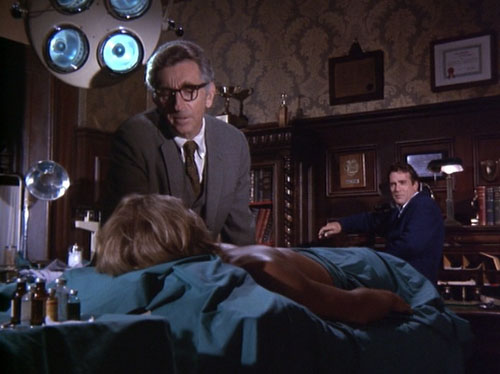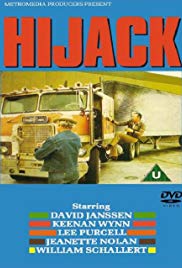Welcome to Retro Television Reviews, a feature where we review some of our favorite and least favorite shows of the past! On Tuesdays, I will be reviewing the original Fantasy Island, which ran on ABC from 1977 to 1986. Almost entire show is currently streaming is on Youtube!
This week’s trip to Fantasy Island is sadly forgettable. Let’s find out why.
Episode 3.13 “The Inventor/On The Other Side”
(Dir by Earl Bellamy, originally aired on December 15th, 1979)
This week, there is no banter between Tattoo and Mr. Roarke before they head off to meet their guests. In fact, Ricardo Montalban and Herve Villechaize barely look at each other. It’s a shame because this is actually a pretty dire episode. It could have used some passive-aggressive Tattoo/Roarke interaction.
The first fantasy features Arte Johnson as Professor Dwayne Clebe and Marcia Wallace as his assistant, Martha Meeks. Professor Clebe is tying to develop a solution that, when sprayed on metal, will make it impervious to damage. When he first arrives at Fantasy Island, the solution is called 2X76409, with the 9 signifying the 9 labs that have been blow up by Clebe’s experiments. By the time he and Martha perfect the solution, it has become the 2X76411. Fear not, no one is injured when the labs blow up. Even though Clebe and Martha are both standing in the middle of these explosions, they always just end up with soot on their face.
Anyway, once the formula is perfected, leaders of both industry and the world’s trade unions travel to Fantasy Island to try to destroy it. The industrialists think that it will drive down prices. The unionists think that it will put people out of work. Eventually, the Russians show up because they want the formula for themselves. It all leads to a big chase and Prof. Clebe realizing that he loves Martha.
The whole fantasy was way too cartoonish and overwritten for its own good and it featured some of the worst acting that I’ve ever seen on Fantasy Island. Let’s move on!
Unfortunately, the other fantasy really isn’t that great either. Irma Gideon (Jeanette Nolan) was the wife of a medium. When he died, he promised that he would contact her from the other side. He hasn’t done so and Irma’s fantasy is to go to the other side, see her husband, and then return. Mr. Roarke arranges for a séance but, when he suspects that Irma is planning on just going to the other side and staying there, he cancels the fantasy. After Irma swears that she won’t stay in “the other side,” Mr. Roarke allows her to enter a death-like trance in a Fantasy Island laboratory. When Irma goes to the Other Side and is tempted to cross a bridge and stay permanently, her grandson (Keith Gordon) enters into a trance of his own so that he can beg her to come back.
It all sounds like it should be interesting but the execution is lacking, with one scene featuring a painting of Irma’s husband speaking to her being so badly done that it makes it impossible to take the rest of the fantasy seriously. Jeanette Nolan and Keith Gordon both give marginally better performances that Arte Johnson and Marcia Wallace did in the other fantasy but, in the end, the whole thing just falls flat.
Well, not every trip to Fantasy Island can be a winner.











